Ash Cant Lumber
- September 22, 2023
- 0 comment
Ash Cant lumber, often referred to simply as “Ash Cant,” is a remarkable wood product renowned for its versatility and natural charm. Derived from the ash tree (Fraxinus), this lumber boasts a striking blend of pale cream hues with distinct grain patterns, making it a favorite among woodworkers, designers, and homeowners alike. Its aesthetic appeal lies in its ability to seamlessly blend with both contemporary and traditional interior designs. Ash Cant lumber’s neutral tones and elegant grain make it a prime choice for crafting exquisite furniture pieces, flooring, and cabinetry, while its durability ensures these creations stand the test of time.
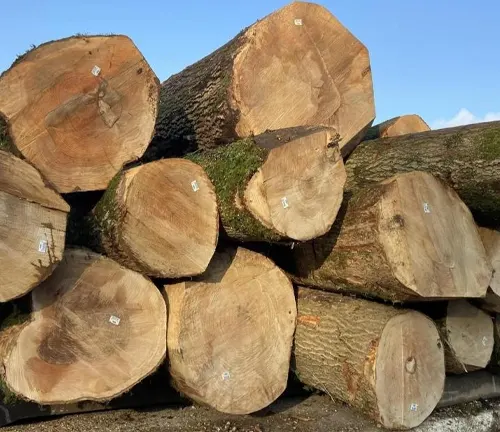
The unique grain patterns found in Ash Cant lumber add depth and character to any project, turning everyday items into works of art. Woodworkers and craftsmen often use these grains creatively to highlight the wood’s natural features. This lumber’s innate beauty not only enhances the aesthetics of interiors but also provides a delightful tactile experience, inviting people to touch and appreciate the smooth, fine-textured surface.

| Specifications | Description |
| Wood Species | Ash (Fraxinus species) |
| Color | Pale cream to light tan with occasional darker streaks |
| Grain Pattern | Straight and pronounced with occasional swirls or figure |
| Texture | Fine to medium texture, smooth and even |
| Hardness and Durability | Janka hardness rating of approximately 1,320 to 1,320 pound of force |
| Dimensional Sizes | Available in various sizes, including 4/4 to 8/4 thicknesses |
| Moisture Content | Typically dried to 6% to 8% moisture content |
| Finishing | Accepts stains, paints, and clear coatings |
| Sustainability | Considered environmentally responsible due to fast growth and sustainable forestry practices |
| Availability | Found in lumberyards, specialty woodworking stores, and online suppliers |
A Mighty Icon of Nature’s Grace
The ash tree (Fraxinus), a symbol of strength and resilience, has long held a revered place in the world of trees and forests. Its tall, graceful form, and versatile wood have made it a cherished presence in landscapes, cultures, and industries around the globe. In this article, we delve into the remarkable world of the ash tree, exploring its rich history, ecological significance, and enduring contributions to human civilization.
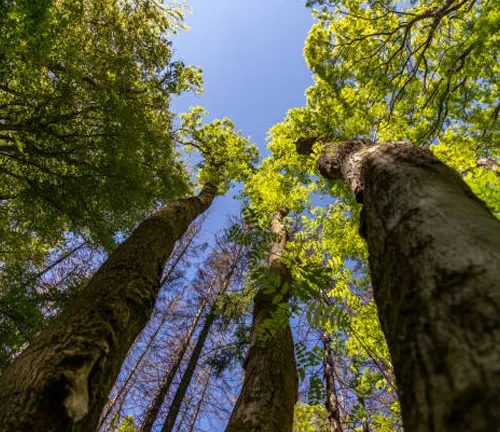
Color and Appearance
Ash Cant Lumber, derived from the venerable ash tree, presents a delightful palette of colors. Ranging from pale cream to light tan, its neutral and elegant hues make it an adaptable choice for a variety of woodworking projects. The real showstopper, however, is its unique grain pattern—a fusion of straight lines and occasional swirls or figure—that adds depth and character to the wood.
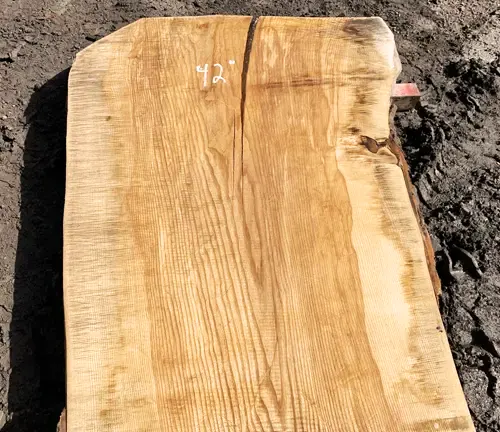
Grain and Texture
Ash Cant Lumber boasts a fine to medium texture that is a pleasure to work with. Its grain pattern is typically straight, but it may occasionally display intriguing swirls or figure, enhancing its visual appeal. This characteristic grain, combined with its smooth surface, makes Ash Cant an ideal canvas for intricate detailing and fine craftsmanship.
Rot Resistance
In terms of rot resistance, Ash Cant Lumber falls into the moderately durable category. While it doesn’t possess the natural decay resistance of certain hardwoods like teak or cedar, it can still perform well in outdoor applications when adequately protected with finishes or coatings that shield it from moisture and the elements.
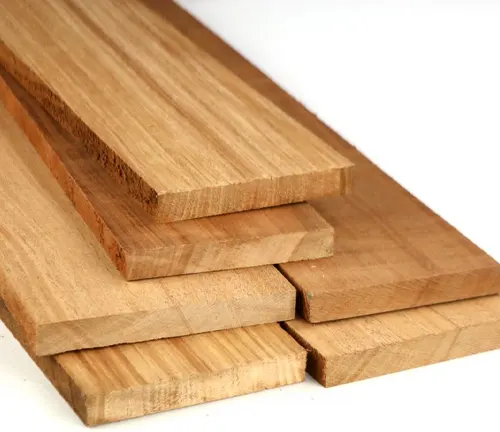
Workability
Woodworkers treasure Ash Cant Lumber for its exceptional workability. It cuts, planes, and sands smoothly, allowing for precise detailing and carving. Joinery is a breeze with this wood, as it holds screws and nails securely, contributing to the structural integrity of woodworking projects. Its cooperative nature in responding to various finishes further enhances its workability.
Allergies/Toxicity
Ash Cant Lumber does not present significant allergic concerns for most individuals. However, like many other wood species, it is advisable to wear appropriate protective gear, such as dust masks and safety goggles, when working with this wood to prevent potential respiratory irritation or eye discomfort.
Pricing and Availability
The pricing and availability of Ash Cant Lumber can vary depending on region and market demand. It is commonly found in lumberyards, specialty woodworking stores, and online suppliers. Its cost-effectiveness compared to some other hardwoods, combined with its aesthetic appeal, makes it a popular choice among wood enthusiasts.

Sustainability
Ash Cant Lumber aligns well with sustainability principles. It is sourced from ash trees, known for their rapid growth, which minimizes the ecological impact of wood sourcing. Responsible forestry practices, including replanting efforts, ensure the preservation of ash tree populations and their natural habitats.
Common Uses
Ash Cant Lumber’s versatility shines in a myriad of applications. It is frequently used to craft elegant furniture pieces, including chairs, tables, and cabinets, where its strength and aesthetic charm shine. As flooring material, it endures high-traffic areas with grace. Ash Cant also finds its way into musical instruments, tool handles, sports equipment, and architectural detailing, where its fine texture and unique grain patterns enhance both form and function. Its timeless beauty and adaptability continue to inspire creative and functional woodworking projects across various industries.
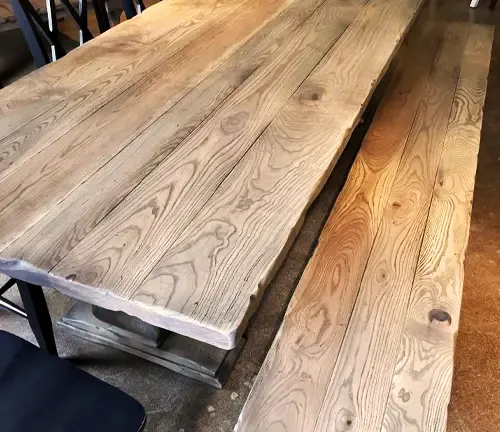

Frequently Asked Questions (FAQs)
- Why is Ash Cant Lumber sometimes preferred over other hardwoods for creating baseball bats?
Ash Cant Lumber is favored for baseball bats due to its exceptional strength-to-weight ratio. Its lightweight yet sturdy nature allows players to swing with precision and power. Additionally, its fine grain patterns contribute to the bat’s overall performance. - Is there a difference between green ash and white ash when it comes to Ash Cant Lumber?
Yes, there are subtle differences between green ash and white ash. While both can be used for Ash Cant Lumber, white ash is often preferred for its slightly higher density and straighter grain patterns, which make it particularly suitable for fine woodworking and musical instrument crafting. - What is the process of drying Ash Cant Lumber to achieve the ideal moisture content for woodworking?
Drying Ash Cant Lumber typically involves air drying, followed by kiln drying. The wood is stacked and allowed to air dry for several months to reduce moisture content. Afterward, it is placed in a kiln to reach the desired moisture level, usually around 6% to 8% for woodworking applications. - Can Ash Cant Lumber be used for exterior applications such as outdoor furniture or decking?
While Ash Cant Lumber is durable, it is not as naturally decay-resistant as some other hardwoods like teak or cedar. However, it can be used for outdoor applications when properly sealed or finished with suitable protective coatings to enhance its weather resistance. - Are there any unique challenges or considerations when staining Ash Cant Lumber compared to other woods?
Ash Cant Lumber can sometimes display a blotchy appearance when stained due to variations in grain density. To mitigate this, pre-conditioning the wood with a wood conditioner before staining can help achieve a more uniform finish. It’s also advisable to test stains on a small, inconspicuous area to ensure the desired result.


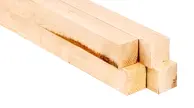



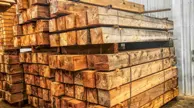







Leave your comment